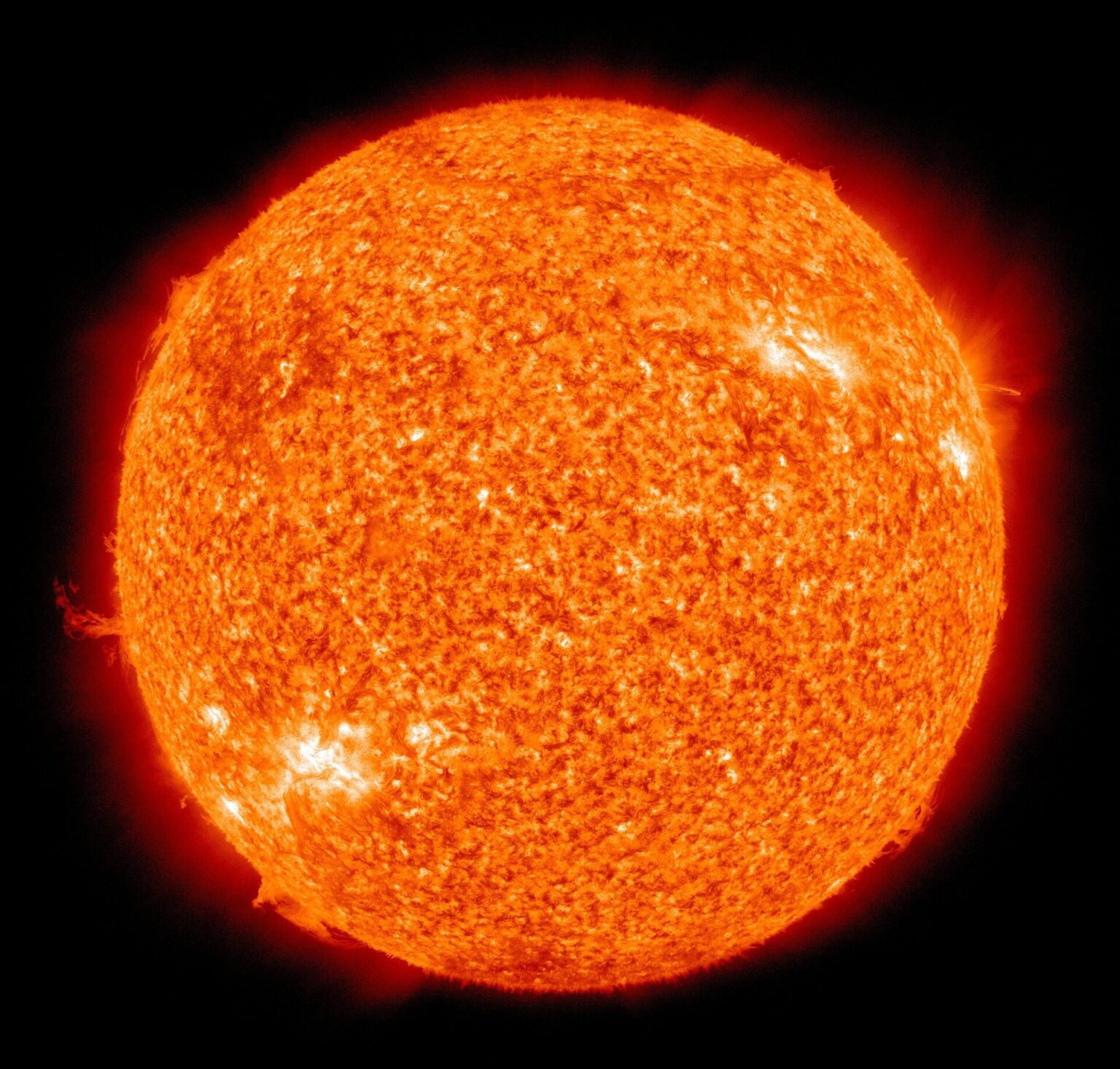The current solar activity cycle is approaching its peak. Scientists differ in their estimates of when exactly it will occur. However, they have already told us what we can expect from Earth’s magnetosphere at this time. As always, it will take a large share of the high-energy particle hits.

Peak solar activity is close
The sun is approaching the peak of its activity. And it’s not about the summer heat at all. The 25th cycle of fluctuations in the magnetic field of our star has turned out to be much more powerful than scientists expected. Many people saw the results of this process with their own eyes when the auroras descended into regions not usually observed.
However, the peak will occur in the next few months. This means that more explosive particle outbursts can be expected. Under certain circumstances, they eventually produce beautiful auroras in the sky, as well as geomagnetic storms that can damage infrastructure such as power grids and satellites in orbit.
What actually happens to cause these phenomena? Scientists have explained this phenomenon. High-energy particles from the Sun travel toward Earth under the influence of the solar magnetic field. They are transferred to the Earth’s magnetic field in a process known as reconnection.
Nature of the aurora borealis
These very fast and hot particles rush along the force lines of the Earth’s magnetic field until they hit a neutral, cold atmospheric particle such as oxygen, hydrogen, or nitrogen. At this point, some energy is lost, and this heats up the environment.
However, atmospheric particles don’t like being energetic, so they emit some of that energy in the visible range of light. Depending on which element is too hot, you will see a different set of wavelengths emitted in the visible range of the electromagnetic spectrum. It is the source of the auroras that we can see at high latitudes and, during strong solar events, at lower latitudes.
The Earth’s magnetic field is constant, but can contract and relax depending on the strength of the Sun. A simple way to think about it is to visualize two half-inflated balloons pressed against each other. If you inflate one balloon by adding more gas to it, the pressure will increase and push the smaller balloon back. When you release the excess gas, the smaller balloon relaxes and pushes back out.
For us, the stronger this pressure, the closer to the equator the corresponding magnetic field force lines are pushed out, meaning we see the auroras.
Exceptional solar storms
There are also potential problems here: a moving magnetic field can generate current in anything that conducts electricity.
For modern infrastructure, the largest currents are generated in power lines, railroad tracks, and underground pipelines. The speed of this movement is also important, and is tracked by measuring how much the magnetic field is disturbed from “normal”. One such measure that researchers use is called the disturbed storm time index.
According to this indicator, the geomagnetic storms on May 10 and 11 were extremely strong. During such a strong storm there is a potential danger of induction of electric currents. Power lines are most at risk, but power plants have protective devices in place. They have been in the spotlight since the 1989 geomagnetic storm that melted a power transformer in Quebec, Canada, resulting in hours-long power outages.
At greater risk are metal pipelines that corrode when electric current passes through them. This is not an instantaneous effect, but there is a slow accumulation of corrosive material. It can have a very large impact on infrastructure, but it’s very hard to detect.
Dangers to satellites and other spacecraft
If geomagnetic disturbances are a problem on Earth, they become an even bigger problem for us in space. Satellites have limited grounding, and an electrical surge can disable instruments and communications. When a satellite loses communication in this way, it is called a zombie satellite and is often lost completely, resulting in a very large loss of investment.
Changes in the Earth’s magnetic field can also affect light traveling through it. We can’t see these changes, but they can greatly affect the accuracy of location systems like GPS, as location indicators depend on the time that has passed between your device and the satellite. An increase in electron density (the number of particles in the signal path) causes the wave to bend, which means it takes longer for it to reach your device.
Auroras and peak solar activity
By changing the strength of the magnetic field and the distance between objects, it is possible to observe how the auroras change. The radiation is mostly violet, as you would expect in an atmosphere that is 72% nitrogen. Around the top, where the aurora borealis would be visible on Earth, a strong emission ring appears that moves up and down in latitude depending on the strength of the magnetic field.
So, as a natural phenomenon, the auroras are a wonder. But even better, with each strong geomagnetic storm, we make improvements that help protect against potential harm from future geomagnetic disturbances.
According to phys.org


